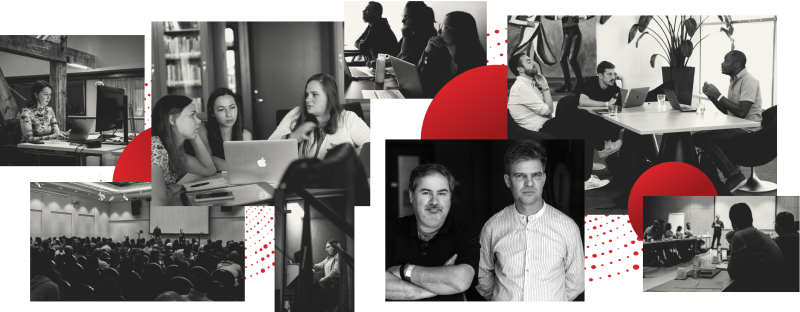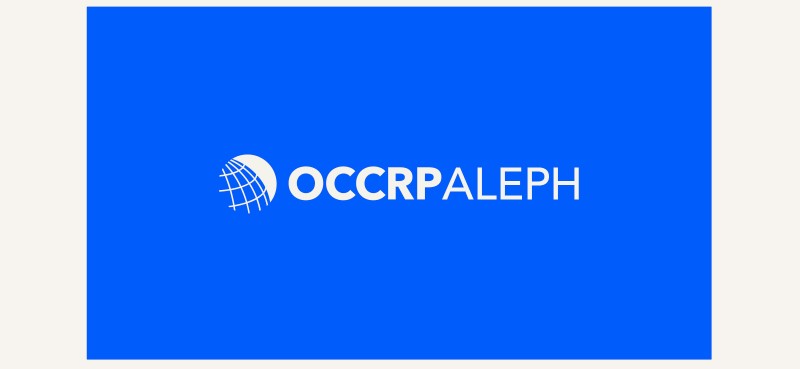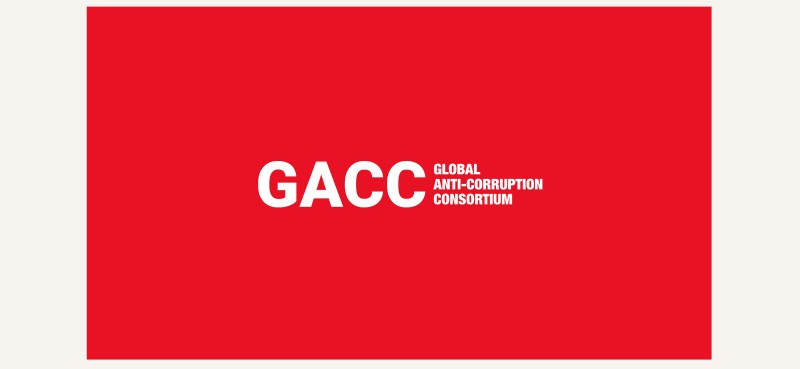History
OCCRP can trace its origins to 2003, when Drew Sullivan and Paul Radu first met at an International Center for Journalists (ICFJ) training in Bulgaria. Paul had recently founded the Romanian Center for Investigative Journalism in Bucharest, while Drew was in the process of starting up the Center for Investigative Reporting (CIN) in Sarajevo.
“I was supposed to be giving a talk on trafficking in human beings,” recalls Drew. “But when I talked to Paul, I quickly realized that he knew a lot more about trafficking than I did. So I asked ICFJ if he could become a co-trainer for the next training and that's how we started working together.”
During the next couple of years Drew and Paul were in weekly contact, trading advice on safety, cybersecurity, public records — and above all the people of interest whom they were trying to track across borders. They found they were often working in parallel and tackling the same issues.
“We were looking at the same people. So we looked at other countries where these same criminals were busy,” says Paul.
Their first joint effort came in 2005, when they joined to follow a cluster of companies operating in the energy sector. Recruiting friends and colleagues from Bulgaria, Albania, Bosnia and Herzegovina and Romania, they pooled their resources on what became the Power Brokers Project, which won the first-ever Global Shining Light Award from the Global Investigative Reporting Network (GIJN).
To them, the experience proved the efficacy of cooperating regionally. They felt encouraged to take it further.
“That was a wake-up call. We realized that we could do more together than separately,' says Drew. 'And we could save money by centralizing some of the more burdensome costs like media insurance, access to commercial databases, tool development and even research and fundraising.”
The United Nations Democracy Fund (UNDEF) funded them on building this central hub and the Organized Crime and Corruption Reporting Project was born.
“The name OCCRP came from the title of our original grant proposal — it even sounds like a grant proposal title,” Drew says. “But OCCRP became the tool we needed and we kept the name.”
The OCCRP network opened an office in Sarajevo, sharing offices with CIN, and immediately started to grow with new media outlets joining on a monthly basis. But Paul soon left to accept a Knight Fellowship at Stanford University.
The departure was a blessing in disguise. At Stanford, Paul saw what the best minds were designing in Silicon Valley and the power of technology. Energized from the experience, Paul immediately began designing new tools including the Investigative Dashboard, or ID, which is a virtual research center that helps expose complex networks of crime and corruption. This grew directly out of the needs of centralizing research and finding more efficient ways to follow money flows worldwide.
As OCCRP kept growing, Paul and Drew registered the Journalism Development Network, or JDN, and made OCCRP a trade name in 2007. Over the years, OCCRP has grown from six journalists working in five countries to more than 120 journalists across six continents. The OCCRP network has grown to more than 70 media member centers around the world and the model of networked, country-based centers working together has proven its value time and time again.
“We have been told that OCCRP is an ideal model for media development,' Drew says. 'That's great. But its design has always been driven by the immediate needs of our reporting and our members. And it always will be.”






